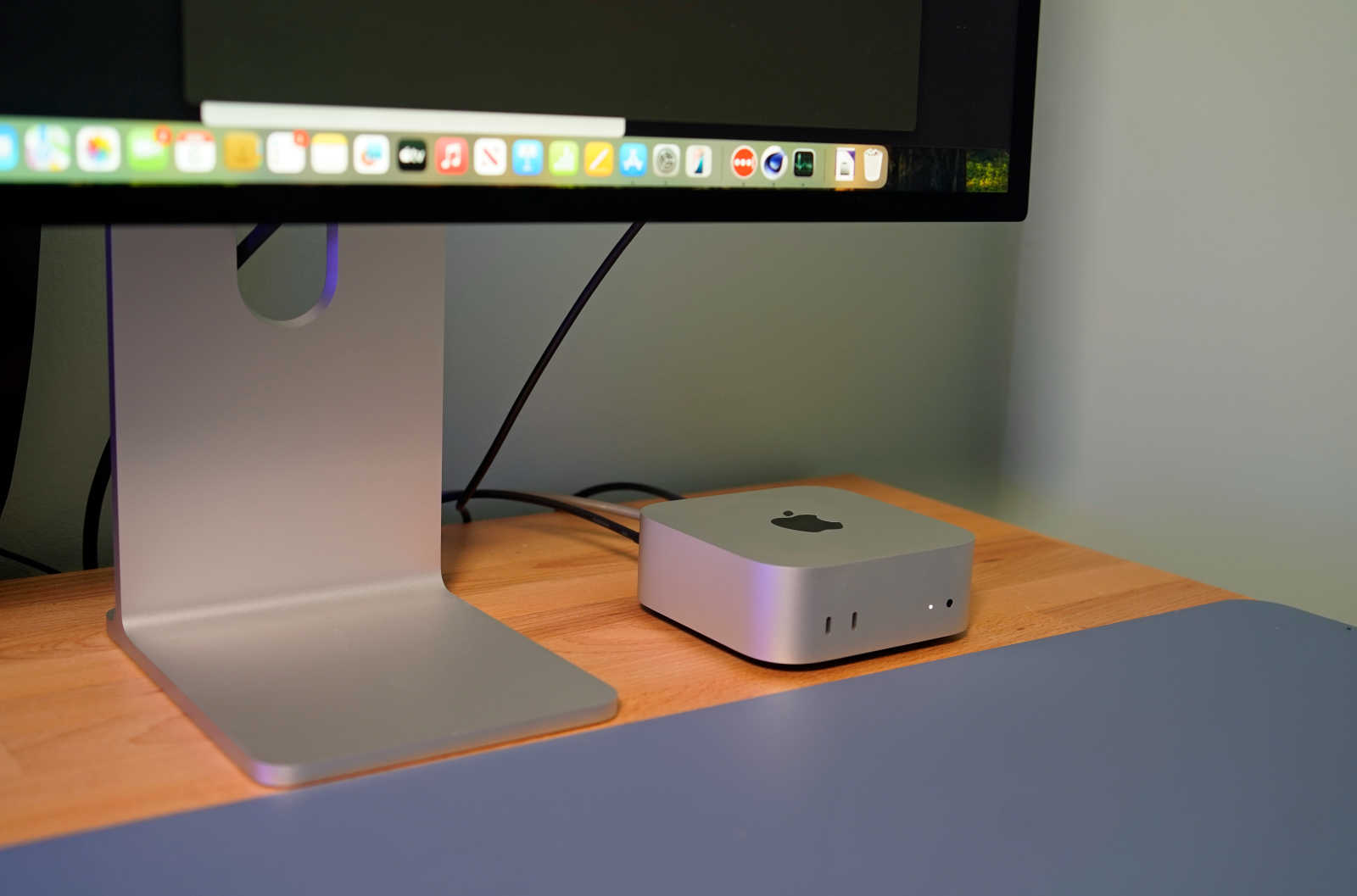This is a computer?!” My daughter couldn’t believe her eyes when I unboxed the new Mac mini. It measures five inches by five inches and is just two inches high. The Mac mini is a cute box that looks like an oversized Apple TV. But even more impressive is that it’s a lot faster than before, thanks to Apple’s M4 and M4 Pro chips, and it still starts at $599. Once again, the Mac mini has redefined the desktop.
Although Apple started the small PC trend with the original Mac mini in 2005, it’s certainly not alone today. Intel’s NUC line escaped execution and is now led by ASUS, but those boxes are still expensive and relatively niche. HP sells “Elite Mini” desktops for businesses, but they exist mainly to make IT staff’s lives easier.
Meanwhile, the Mac mini has been an affordable gateway into the Apple desktop world for years. Now, it’s the most affordable Mac mini in the world. It’s a cheap way to get a taste of Apple Silicon, especially if you already have a monitor, keyboard, and mouse. (And even if you don’t, you can configure a full desktop setup for less than $1,000.) As I said at the announcement, even if you don’t need it, the Mac mini’s small frame and powerful hardware make it incredibly appealing.
What’s New in the Mac mini
Just look at this! The Mac mini’s redesigned case is less than half the size of the previous version, so you won’t have to devote much desk space to it. It also has front connectivity for the first time – two USB-C ports and a headphone jack – something that previously required an upgrade to the $1,999 Mac Studio. Most people would be better off with a 3.5mm jack on the front, but if you’re the rare user who needs to connect speakers, you’re better off with a USB-C dongle or high-quality audio interface on the back.
More than just aesthetics, the biggest upgrade to the Mac mini this time around is Apple’s new M4 hardware, as well as the fact that it — like all new Macs going forward — now comes with 16GB of RAM standard. The M4 has a 10-core CPU (four high-performance cores and six high-efficiency), a 10-core GPU, and a 16-core Neural Engine. For $1,399, you can move up to the dramatically more powerful M4 Pro chip (which is in our review unit), which has a 14-core CPU (10 high-performance and four high-efficiency) and a 20-core GPU.
The M4 chip includes support for Thunderbolt 4 on its three rear USB-C ports, while the M4 Pro brings Thunderbolt 5 to the Mac for the first time, with data transfer speeds that triple (120 Gb/s compared to 40 Gb/s). Every Mac mini also includes a full-size HDMI connection (supporting up to 8K 60Hz or 4K 240Hz), as well as an Ethernet port (the Gigabit standard, or upgradable to 10GbE). Though it lacks the Mac Studio’s integrated SD card reader, the Mac mini is well equipped to meet the demands of many creative professionals.
There are a few interesting design choices, though. For one, the Mac mini’s power button is on the bottom of its back end, leading to some awkward finger gymnastics whenever you want to turn it on. (You can read all you want into that.) That means you probably won’t want to hide it in a hard-to-reach corner of your desk. The previous Mac mini also had a power button hidden on its back, but at least it was right next to its port, and didn’t require flipping the device over.
Apple probably doesn’t expect its users to completely shut down their devices often, but that’s also clearly contrary to its sustainability efforts. (The company loudly claims that the Mac mini is carbon neutral, for example, because it’s made mostly from recycled metals and other materials.)
How fast is the Mac mini
The Mac mini was the fastest computer I’ve reviewed this year, at least when it comes to CPU benchmarks. I’ve grown accustomed to being impressed by Apple Silicon, but the M4 Pro in our review unit (which was also equipped with 48GB of RAM) was still far ahead of me.
When running in High Power mode, which boosts performance, the Mac mini’s Geekbench 6 single-threaded score of 3,943 was well above the typical 2,500 to 2,800 point range we’ve seen in PCs this year. Its multithreaded Geekbench 6 score reached 22,850 points — the only other systems to achieve 14,00 points this year were the Snapdragon X Elite-powered Surface Laptop 7 and XPS 13.
